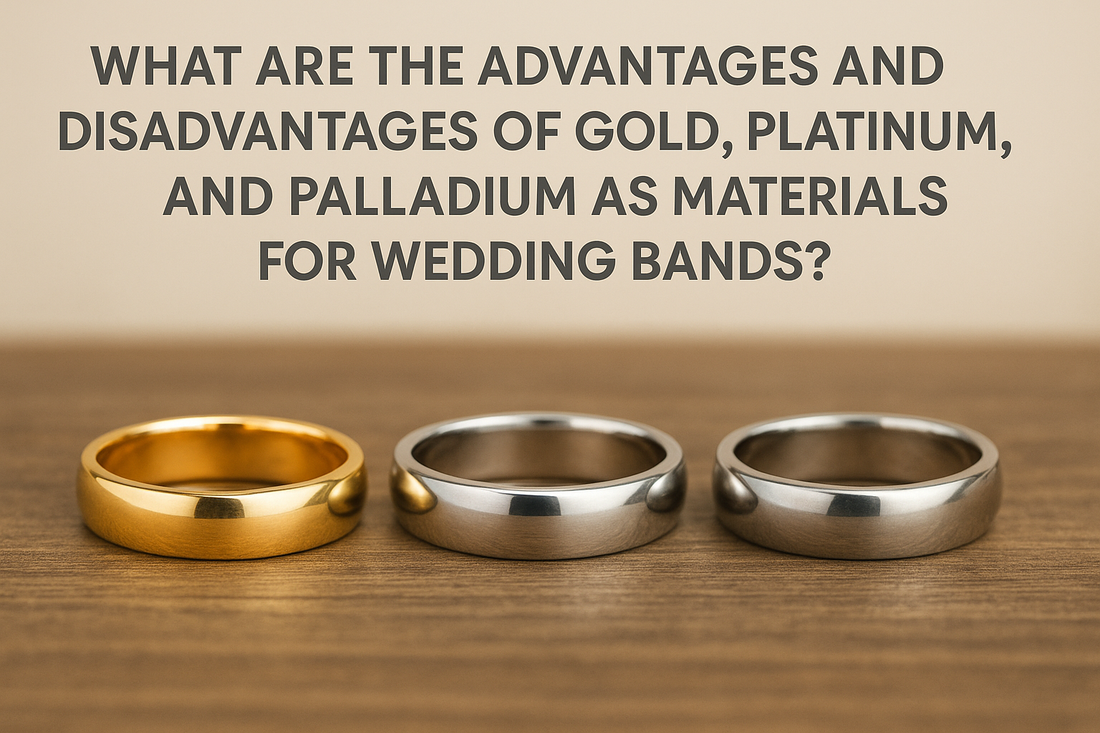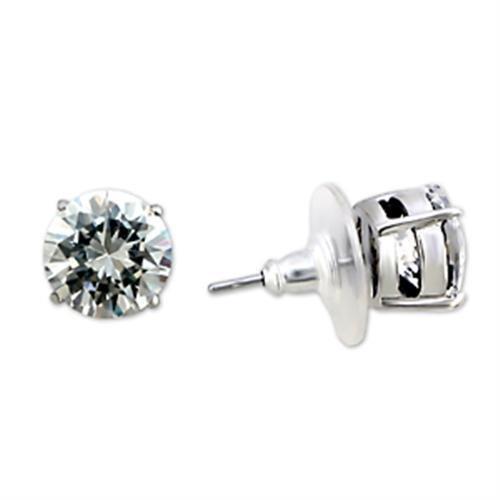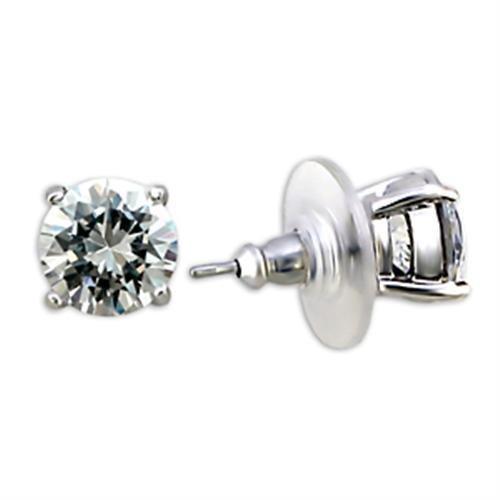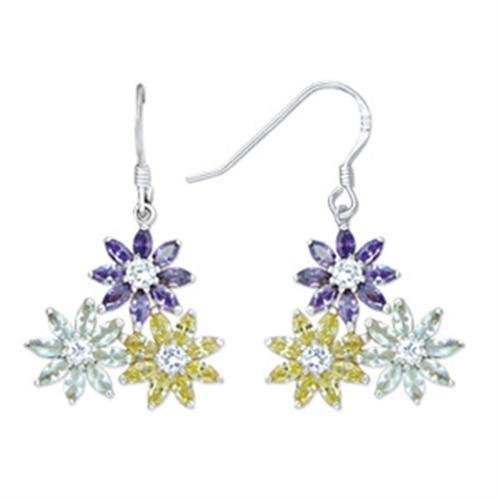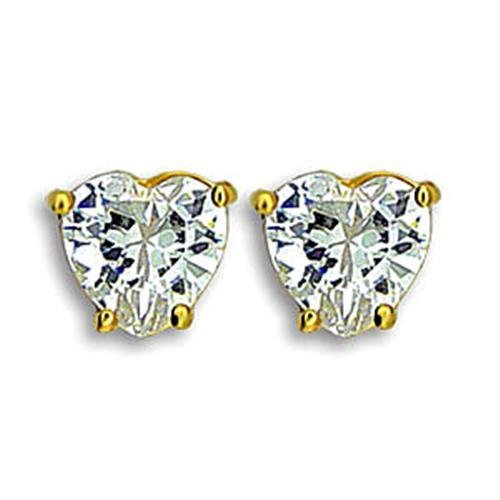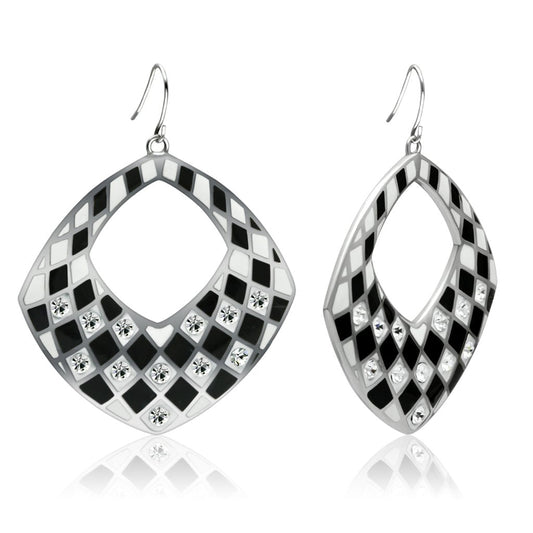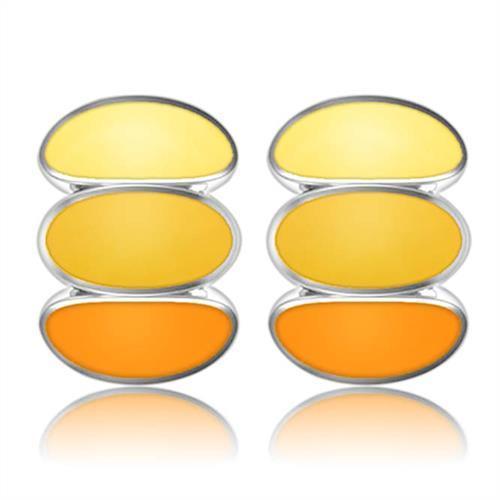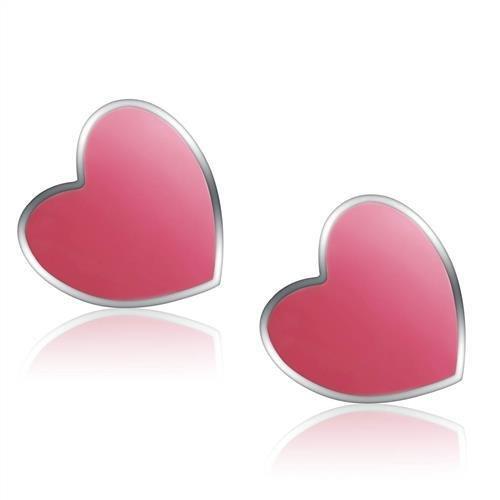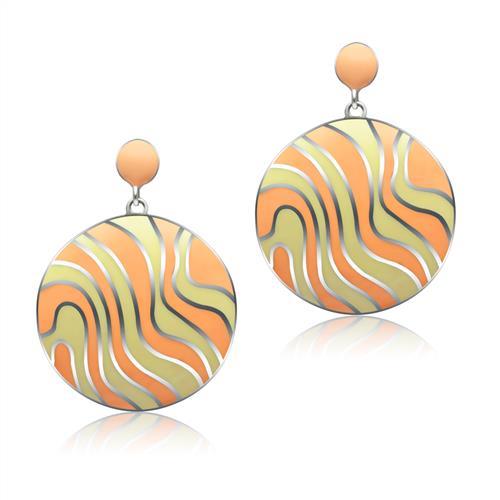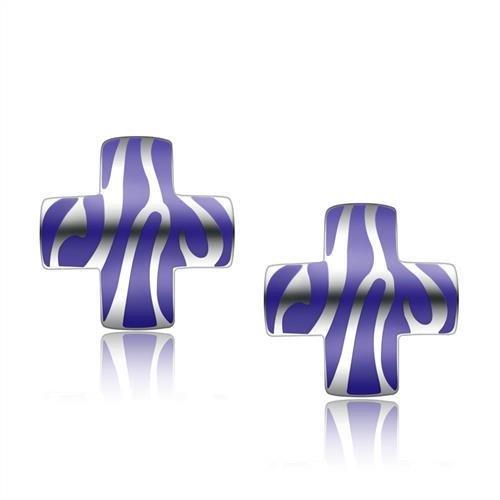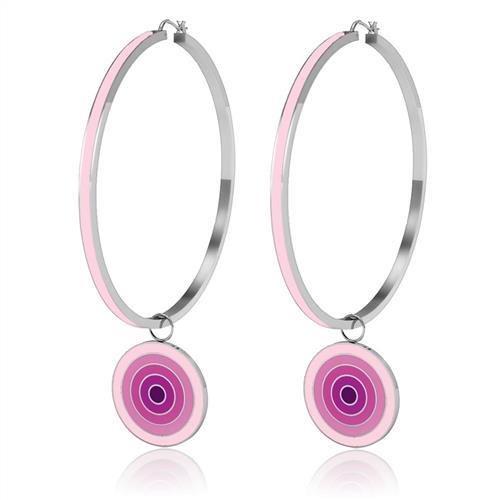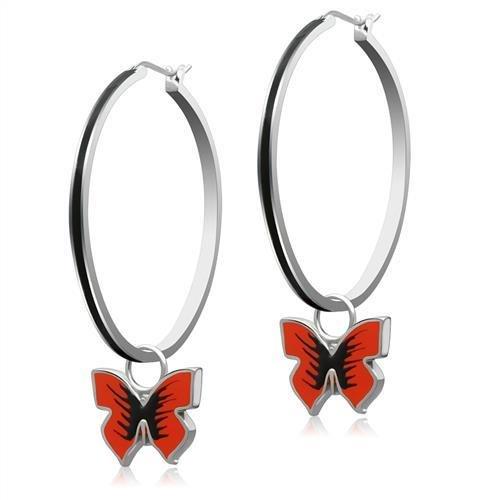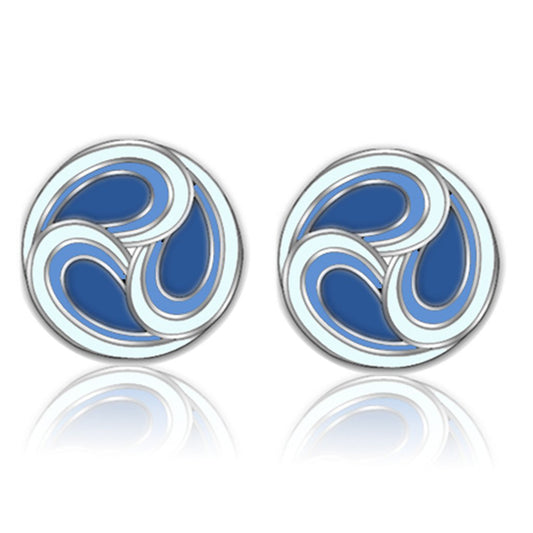A Quick Summary Before You Say “I Do” (To a Metal)
Choosing the right wedding band materials goes far beyond aesthetics—your decision impacts daily comfort, care, cost, and even sustainability. In this article, we dive deep into the pros and cons of gold, platinum, and palladium—three of the most sought-after materials for wedding bands.
You’ll learn:
-
Why white gold vs platinum is about more than color.
-
Which metal offers the best combination of scratch resistance and durability of wedding rings.
-
How metal reactivity and hypoallergenic properties can affect your comfort over time.
-
What you’re really paying for when comparing platinum price vs gold or palladium cost.
-
How these metals align with sustainability of precious metals and ethical sourcing.
And along the way, we’ll point you to handpicked collections from Precious Pulse Jewelry to help you explore styles that match your metal of choice.
Choosing the Best Metal for Wedding Rings: Why It Matters
Wedding bands aren't just jewelry. They’re lifetime symbols—so choosing the right metal for your wedding ring matters. But with options like gold, platinum, and palladium, how do you choose?
Each metal has unique benefits and drawbacks tied to appearance, cost, comfort, maintenance, and more. Some are hypoallergenic, others demand regular rhodium plating, and still others resist scratches or tarnish better than their rivals.
Let’s break it down—starting with the classic: Gold.
Gold Wedding Bands: Timeless, Warm, and Versatile
Gold is by far the most traditional and flexible of the three materials. But that versatility comes from the ability to mix gold with other metals, which leads to questions about karat quality, color fading, and durability.
✅ Advantages of Gold as a Wedding Band Material
-
Variety in appearance: Whether you’re drawn to yellow gold, rose gold, or the modern allure of white gold, gold offers visual diversity.
-
Customizability: Gold’s alloy mix allows jewelers to adjust tone, strength, and price point.
-
Cultural resonance: From family traditions to symbolic heritage, gold is deeply rooted in wedding rituals.
-
Affordability: In comparison to platinum or palladium, gold—especially 14k—is often the more cost-effective choice.
❌ Disadvantages of Gold Wedding Rings
-
Durability concerns: Gold, especially in higher karats (like 18k), is softer, making it more susceptible to scratches and dents.
-
White gold requires rhodium plating: Over time, white gold loses its luster unless periodically replated.
-
Gold color fading: Exposure to harsh chemicals or everyday wear can cause certain gold tones to fade or darken.
-
Allergenicity risks: Some gold alloys contain nickel, a common allergen.
“Gold shines with tradition, but modern wearers need to balance heritage with practicality,” says the Precious Pulse team.
If you love warm tones or want a ring that feels steeped in history, gold may be your match. Explore our full range of handcrafted necklaces to complement your gold wedding band.
Platinum Wedding Bands: Luxe, Strong, and Enduring
When it comes to durability, density, and long-term value, platinum shines. Often seen as the top-tier choice, it’s ideal for couples seeking a resilient, hypoallergenic metal with a cool-toned look.
✅ Advantages of Platinum as a Wedding Band Material
-
Superior durability: Platinum has a high density-to-strength ratio, making it exceptionally resistant to wear and tear.
-
Naturally white metal: Unlike white gold, platinum doesn’t require rhodium plating and retains its tone indefinitely.
-
Hypoallergenic metal: With platinum purity reaching up to 95%, it’s ideal for sensitive skin.
-
Heirloom quality: Platinum’s weight and scratch resistance ensure longevity, making it a great choice for those wanting a generational piece.
-
Ethical and rare: Platinum is less reactive to environmental conditions and is often aligned with ethical sourcing of metals.
❌ Disadvantages of Platinum Wedding Rings
-
Heavier weight: Some wearers find platinum’s weight uncomfortable for everyday wear.
-
Higher price point: One of the biggest drawbacks is platinum price vs gold, with platinum often being significantly more expensive.
-
Patina over time: While durable, platinum develops a patina finish (a natural dullness) with time—some find it charming, others see it as wear.
-
Difficult resizing: The strength that makes platinum long-lasting also makes it harder to resize.
Looking to pair your platinum ring with something equally refined? Discover our minimalist bracelets for timeless coordination.
Palladium Wedding Bands: The Understated Powerhouse
If platinum is the heavyweight champion and gold the classic favorite, palladium is the rising star of wedding band materials. Once a lesser-known cousin in the platinum group of metals, palladium has grown in popularity thanks to its lightweight feel, sleek look, and lower maintenance demands.
Let’s unpack what makes palladium vs platinum such an interesting debate.
✅ Advantages of Palladium as a Wedding Band Material
-
Lightweight metal: One of the lightest precious metals, palladium is ideal for those who want a band that’s barely noticeable on the hand.
-
Naturally white metal: Like platinum, palladium doesn't require rhodium plating, which eliminates future maintenance for color preservation.
-
Hypoallergenic palladium: With naturally pure properties, it’s excellent for sensitive skin or anyone with metal allergenicity levels concerns.
-
Exceptional durability: It resists tarnish, is highly corrosion-resistant, and holds up well over time—perfect for those hard on their hands.
-
Lower maintenance: No frequent polishing or plating means it's great for people who want a low-fuss ring.
-
Palladium cost: Though prices fluctuate, palladium is often more affordable than platinum (but more expensive than gold, depending on market conditions).
❌ Disadvantages of Palladium Wedding Rings
-
Limited availability: Because it’s less commonly used, you may find fewer style options and jewelers who work with it.
-
Difficult to resize: Like platinum, resizing palladium rings can be tricky, due to the metal’s rigidity.
-
Less traditional: Some may not connect with palladium as a wedding metal simply because it lacks the heritage or symbolic weight of gold or platinum.
-
Market-dependent pricing: Palladium prices have historically been volatile due to supply limitations and industrial demand.
“Palladium is the best-kept secret for modern couples looking for sustainability, strength, and subtlety,” says our in-house design team at Precious Pulse.
Palladium might just be the perfect choice for those who appreciate gender-neutral ring metals and value comfort above all. Want to complete the look? Pair it with one of our refined earrings designed with the same forward-thinking sensibility.
Side-by-Side Comparison: Gold vs Platinum vs Palladium
Let’s put them head-to-head on the features that matter most when selecting the best metal for wedding rings:
| Feature | Gold | Platinum | Palladium |
|---|---|---|---|
| Appearance | Warm tones (yellow/rose/white) | Cool-toned, rich white | Sleek, natural white |
| Durability | Moderate (gold durability depends on karat) | Extremely high | High |
| Scratch Resistance | Lower (especially in higher karats) | High (platinum scratch resistance) | High |
| Hypoallergenic | Depends on alloy | Yes | Yes |
| Weight | Light to moderate | Heavy (platinum weight) | Very light |
| Cost | Most affordable | Most expensive | Mid to high (palladium cost) |
| Maintenance | Medium (rhodium plating for white gold) | Low to medium | Very low |
| Sustainability | Widely available, some recycled options | Often recycled, ethically sourced | Gaining traction in sustainable precious metals market |
Ethical & Practical Considerations Beyond Aesthetics
Choosing a ring isn’t just about style—many shoppers today factor in ethical sourcing of metals, wear over time, and sustainability. Let’s explore some bonus thoughts:
-
Metal reactivity: If you swim in chlorinated pools or work with chemicals, gold (especially in lower karats) may react or discolor faster than platinum or palladium.
-
Thermal conductivity (comfort): Platinum retains more heat, which can affect comfort in hot or cold environments. Palladium and gold are more neutral in temperature.
-
Metal resale value: Platinum typically holds the best long-term value due to its rarity and demand.
-
Traditional vs modern preferences: Gold appeals to classic tastes, platinum to those who favor luxury, and palladium to those seeking minimalist, modern design.
-
Lab-created metals: Though not explored here, they’re worth considering if your focus is on sustainable or eco-conscious jewelry.
To explore styles built on these thoughtful foundations, browse our evolving rings collection, where form meets purpose.
Which Wedding Band Metal Is Right for You?
Now that we’ve explored the pros and cons of gold, platinum, and palladium, it’s time to match these metals to real-life needs, personalities, and values. Whether you’re planning a surprise proposal, a vow renewal, or simply want to upgrade your ring, here’s how to choose the best metal for wedding rings based on your lifestyle and preferences.
1. For the Traditionalist: Choose Gold
If you love heritage, warmth, and the soft gleam of yellow or rose hues, gold is your match. It’s symbolic, widely recognized, and adaptable in style. A 14k gold ring offers the sweet spot between durability and elegance, while 18k is perfect for those prioritizing richness in color and luster.
Best for:
-
Sentimental value and heirlooms
-
Warm skin tones
-
Those on a more flexible budget
-
People who don’t mind occasional gold maintenance
👉 Explore timeless styles in our rings collection.
2. For the Luxe Minimalist: Choose Platinum
Do you want something that feels as valuable as your commitment? Platinum’s density and platinum purity (often 95%) make it a lasting, tangible symbol of endurance and luxury. It develops a patina that many find rich and characterful, like aged leather or a beloved heirloom watch.
Best for:
-
Those with sensitive skin (platinum hypoallergenic)
-
Fans of understated luxury
-
Couples wanting a lifelong, resizable, low-allergen option
-
People who don’t mind a heavier hand feel
✨ Want a matching gift with the same refined aesthetic? Check out our bracelets.
3. For the Modern Minimalist: Choose Palladium
For those who want subtle sophistication without the weight of platinum or the tradition of gold, palladium offers a sleek, modern look with low upkeep. It’s perfect for anyone who wants their ring to go the distance with minimal attention.
Best for:
-
People who want lightweight comfort
-
Those allergic to nickel or metal alloys
-
Active lifestyles where scratch resistance and tarnish resistance matter
-
Budget-conscious buyers who still want a rare, precious metal
🛍 Palladium pairs beautifully with our earrings collection, where simplicity meets elegance.
A Final Note on Sustainability & Ethics
More than ever, couples are choosing wedding rings not just for their looks, but for what they represent. All three metals can be ethically sourced and recycled—but some, like platinum and palladium, have smaller mining footprints due to their durability and reusability.
At Precious Pulse Jewelry, our commitment to quality includes a focus on sustainability of precious metals, ethical sourcing, and metal reusability. Choosing a ring from us means choosing a piece that aligns with your values.
Quick Wedding Band Metal Checklist
Here’s a rapid-fire way to narrow down your ideal metal:
-
✅ Low Maintenance: Palladium
-
✅ Highest Durability: Platinum
-
✅ Warm Appearance: Gold
-
✅ Most Hypoallergenic: Platinum or Palladium
-
✅ Lightweight Feel: Palladium
-
✅ Classic Tradition: Gold
-
✅ Best Resale Value: Platinum
-
✅ Eco-Conscious: All (look for recycled or certified sources)
-
✅ Least Reactive to Chemicals: Platinum
Final Thoughts: A Ring That’s More Than a Symbol
So, what are the advantages and disadvantages of gold, platinum, and palladium as materials for wedding bands? In short:
-
Gold offers classic appeal with a variety of styles and finishes but needs more maintenance.
-
Platinum boasts prestige, strength, and purity, at a higher cost and weight.
-
Palladium is modern, subtle, and virtually care-free, perfect for a new generation of couples.
Your wedding ring should reflect your story, your style, and your values. Whether you choose a soft golden glow, the icy brilliance of platinum, or the quiet strength of palladium, make sure it feels like you.
💎 Discover handcrafted pieces that celebrate every kind of commitment in our full collections—from symbolic rings to layered looks that last.
🛠 FAQ: Gold, Platinum, and Palladium Wedding Bands
1. Is white gold really white, or is it just coated to look that way?
White gold is not naturally white—it’s created by mixing yellow gold with white alloys like nickel, zinc, or palladium. It’s then coated with rhodium plating to achieve that bright white shine. Over time, the plating can wear off, revealing a slightly yellowish tone underneath.
2. Can platinum or palladium cause allergic reactions like gold sometimes does?
Both platinum and palladium are naturally hypoallergenic metals, making them ideal for people with sensitive skin. In contrast, some gold alloys (especially white gold with nickel) can cause allergic reactions.
3. Which metal is best for someone who works with their hands a lot?
Platinum is often the best choice due to its high durability and scratch resistance. It doesn’t wear away easily and is ideal for people in hands-on professions like mechanics, chefs, or medical workers.
4. Do any of these metals tarnish or change color over time?
-
Gold (especially white gold) can fade or tarnish due to metal reactivity and wear.
-
Platinum does not tarnish, but it will develop a patina—a natural, matte finish.
-
Palladium resists tarnish exceptionally well and keeps its bright white color without maintenance.
5. Is it true that resizing platinum and palladium rings is more difficult than gold?
Yes. Both platinum and palladium are more challenging to resize due to their density and hardness. This can limit resizing options, especially for intricate designs, compared to gold which is more malleable.
6. Which metal holds diamonds or gemstones more securely?
Platinum is the best option for gemstone security. Its strength allows prongs and bezels to hold stones more tightly over time. Gold is softer and may wear down faster, especially in high-karat forms.
7. Do these metals impact the environment differently?
Yes. Gold mining often has a larger environmental impact compared to platinum and palladium. However, all three can be ethically sourced or made from recycled materials to reduce their environmental footprint. Look for brands like Precious Pulse Jewelry that value sustainability.
8. Which metal feels the most comfortable to wear daily?
Palladium is often considered the most comfortable for daily wear due to its lightweight nature and hypoallergenic properties. Gold is also lightweight, while platinum, although luxurious, is noticeably heavier on the hand.
9. Can these metals withstand exposure to chemicals like hand sanitizers or chlorine?
-
Platinum and palladium are highly chemically resistant, making them safer choices for daily wear, even with frequent handwashing or exposure to chlorine.
-
Gold, particularly lower karats, can be affected over time by harsh chemicals, leading to color fading or weakening of the alloy.
10. Which metal offers the best balance of value and long-term performance?
Each metal has its trade-offs:
-
Gold is budget-friendly and traditional.
-
Platinum offers exceptional durability and prestige but comes at a higher price.
-
Palladium strikes a balance between cost, appearance, and low maintenance, offering great long-term value for modern couples.

